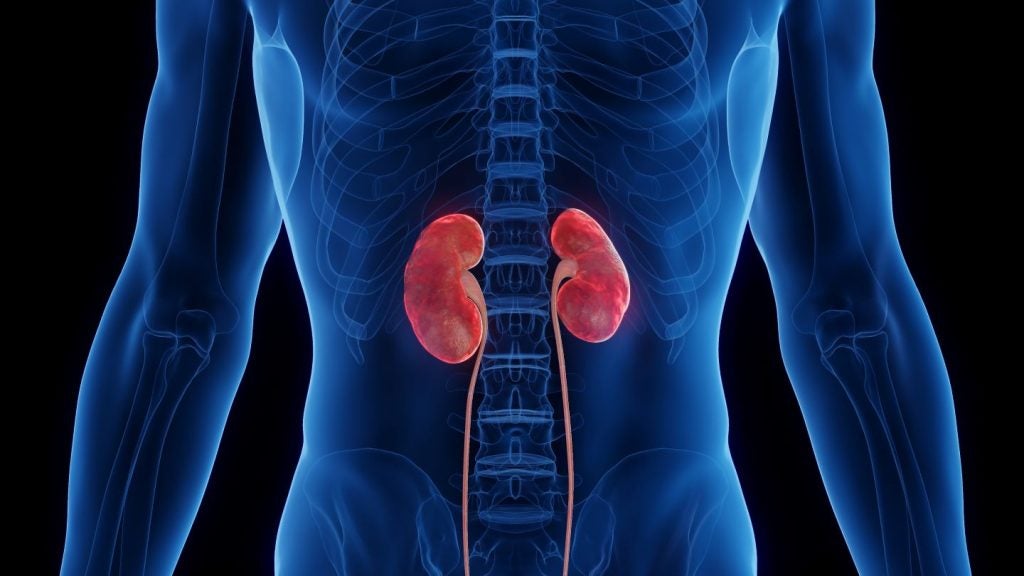While the extent of clinical research today is in many ways astounding – clinicaltrials.gov lists 242,358 studies with locations in all 50 states, and 198 countries as of February 2017 – it is informative to step back and look briefly at the origin of the somewhat rigorous processes we all follow today. Probably the earliest description of a rudimentary trial was that conducted by King Nebuchadnezzar of Babylon sometime shortly after 600 BC, wherein he examined the difference in health outcomes between a group of individuals who sustained themselves on a diet of legumes compared to those who consumed only meat and wine. While not exactly a placebo-controlled double blind randomized study, there was a clear difference between the two groups. This has been described as the initial observation where a medical test guided a decision about public health.
While many other important things occurred in the evolution of the clinical trial, one of the next major accomplishments was that of Dr. James Lind who demonstrated that treatment with Vitamin C contusing citrus fruit alleviated the symptoms of scurvy in seafaring sailors (1). This is certainly the first well-known example of a parallel-group clinical trial. Although small in numbers, and deficient in many ways to our current thinking, this was a huge step forward in clinical trial methodology. While there is some controversy as to what was the first randomized clinical trial, most today agree that the 1948 publication of a test of streptomycin in the treatment of tuberculosis merits this recognition (2, 3).
Addressing the Importance of Drug Compliance
The clinical trial, as we currently understand it then, while having a very long legacy, really dates to less than 70 years ago. The double blind, randomized trial, whether placebo controlled or actively controlled, is today recognized as the gold standard. To that end, major regulatory authorities insist on data from such trials to support approval and marketing authorization of new therapeutic entities. Along the way, we have come to recognize that while the rigor imposed on such trials is necessary to satisfy regulatory requirements, the results of clinical trials are not always mirrored in clinical practice. There are a number of issues relating to this discrepancy, but in spite of the obvious, our job as drug developers is to understand exactly how we can best demonstrate the safety and efficacy of our investigational products as they are developed.
One of the many issues that we need to address in the management of clinical trials is that of compliance with medication or treatment regimens. Clearly if a drug is not used appropriately, or as required by an investigational protocol, we may have difficulty in understanding the true effects of the product. Assessing compliance is an important component of the management of clinical trials in drug development. As much as clinical trials have evolved since the days of Nebuchadnezzar, Lind and the MRC group that studied streptomycin in the treatment of tuberculosis, so has our ability to assess compliance with investigational products.
A Brief Sojourn
The industry record of drugs entering development that are successfully registered and commercialized is not enviable. Estimates vary widely, but it is accepted that drug development is, indeed, a high risk activity. A clinical trial fails when it does not meet its primary endpoint, and there are many factors that can contribute to that – not the least of which is that the drug is not efficacious or has significant safety issues. Amongst other factors that can contribute to a false negative are a higher than anticipated placebo response, poor study design, failure to study the drug in the appropriate population and numerous other factors.
In this brief sojourn, we will look at the case of inadequate compliance with study investigational products. The clinical trial protocol will describe, in some detail, how the study drug, be it the compound under investigation, an active comparator, or a placebo (all blinded to both the subject and the investigator) should be administered. To ensure that the drug has been used in accordance with the protocol, compliance (or adherence to the prescribed dosing regimen) is monitored. Most clinical trial protocols have clear and unambiguous definitions of what is considered to be in compliance with the dosing regimen and what is not. As an example, one might define compliance as greater than 80 percent of investigational product being used as prescribed.
How well do you really know your competitors?
Access the most comprehensive Company Profiles on the market, powered by GlobalData. Save hours of research. Gain competitive edge.

Thank you!
Your download email will arrive shortly
Not ready to buy yet? Download a free sample
We are confident about the unique quality of our Company Profiles. However, we want you to make the most beneficial decision for your business, so we offer a free sample that you can download by submitting the below form
By GlobalDataOn the other hand, non-compliance can be described as missing a pre-specified number of consecutive days of dosing. It is the investigator’s responsibility to ensure that the dosing regimen is understood by the clinical trial subject, and to monitor compliance at each study visit. Historically patients have self-reported the number of missed doses, and this was confirmed by pill count or similar assessment, typically at each study visit. Additionally, measurement of a drug, metabolite or marker in blood, urine or other biological matrix has been used to assess compliance. This approach, of course, is not able to address compliance in patients randomized to placebo, unless a specific marker is added to the investigational product.
*For more on this fascinating topic, click here to read Part II of Bill Jacobson’s examining look into issues surrounding drug non-compliance
Bill Jacobson
Senior Scientific Director, Global Clinical Science
Takeda
References
1) Collier R, Legumes, Lemons and Streptomycin: a Short History of the Clinical Trial. CMAJ 180(1) 23-24, 2009
2) Streptomycin Treatment of Pulmonary Tuberculosis: A Medical Research Council Investigation. British Medical Journal. 1948;2(4582):769-782
3) Crofton J. The MRC randomized trial of streptomycin and its legacy: a view from the clinical front line. Journal of the Royal Society of Medicine. 2006;99(10):531-534







